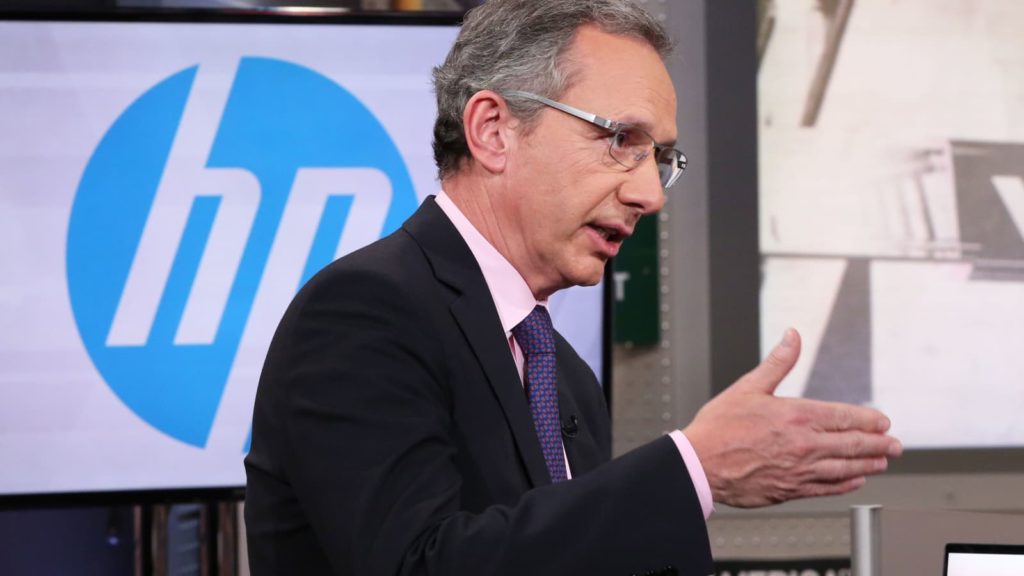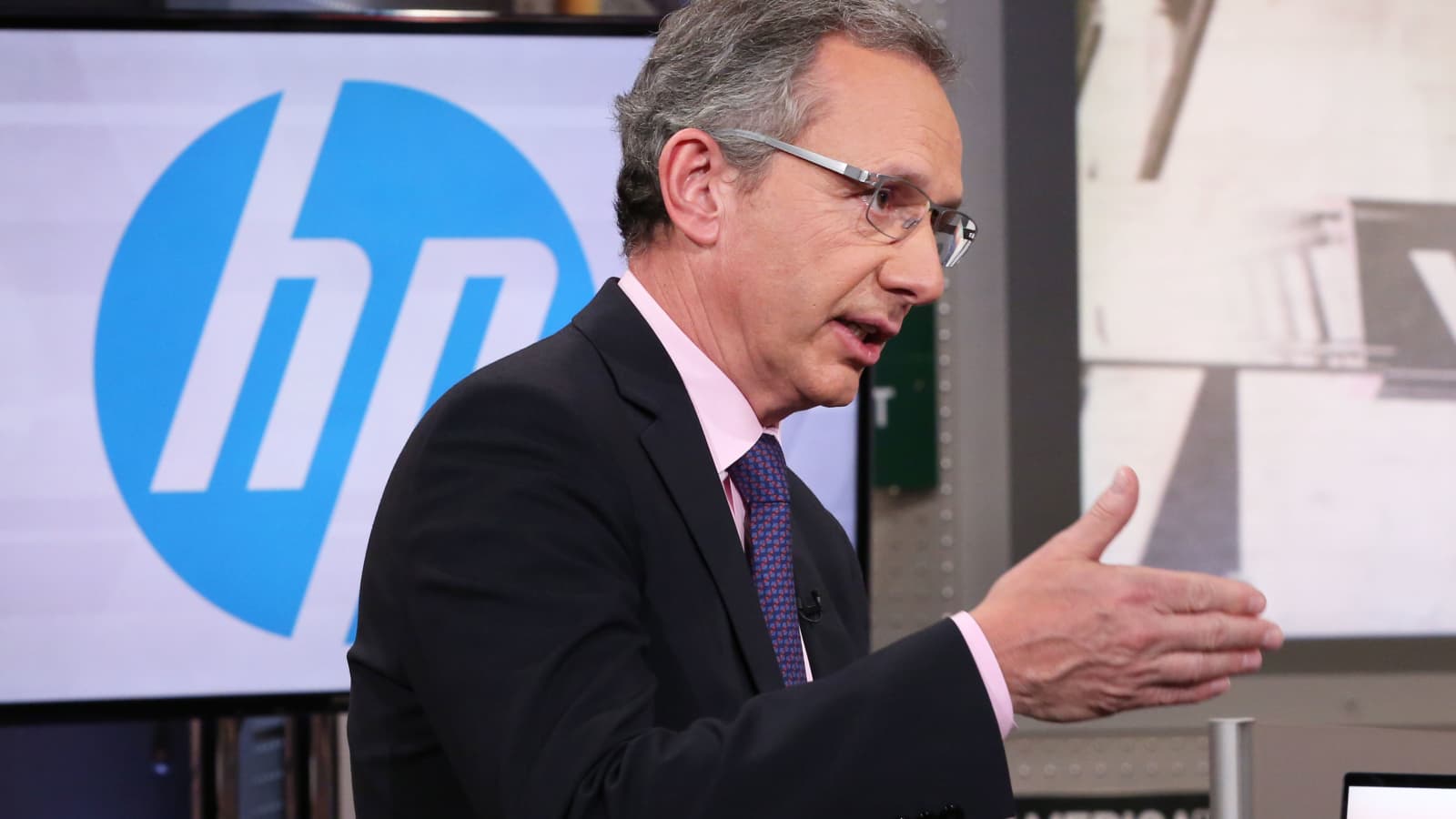
He says plainly that the last year and a half has been a learning experience. No sooner had he become CEO of HP Inc. than Enrique Lores (Madrid 1965) was faced with an unexpected takeover bid from rival Xerox, which was finally abandoned as impossible. By then, the pandemic was beginning to take its toll. “No book teaches you how to deal with a hostile takeover bid or how to respond to a pandemic”. Still, the company was able to close the first quarter of its fiscal year with a 7% increase in revenue, with the share price installed at its highest level since 2014.
What has changed? That enterprise-related business lines have suffered, while consumer lines have nurtured growth. “It’s clear that a significant portion of demand has shifted from office to home and from school to home,” Lores says from HP’s headquarters in Palo Alto, Calif.
Take the printing market, for example, where HP leads in almost every category. Fewer pages are printed in the office and many more in the home, a shift that has benefited its accounts. Among other factors, the adoption of the subscription model has skyrocketed: consumers buy fewer cartridges, but subscribe to a service that entitles them to print a certain number of pages per month. Another. The personal computer, which many thought was dying before its time, is back with a vengeance. “By 2021, the global PC market will be 45% larger than the industry had forecast, a phenomenon that has overwhelmed supply chains in the face of accelerating demand.”
“The PC market will be 45% larger in 2021 than forecast just 12 months ago.“
After the diagnosis, very condensed, Lores ratifies HP’s commitment to these two core businesses: “we are going to invest whatever it takes to continue growing at the head of the market”. The product portfolio is changing, however, due to the growing importance of education and video games, influences that extend to professional uses.
Over the years, through R&D and acquisitions, the company has worked its way into two adjacent businesses, 3D printing (or additive manufacturing) and large-format. The breakdown of its figures is not published, but Lores points out one fact: “the number of parts manufactured with our 3D machines has grown by more than 30% in the last quarter; the market has validated our technology, but at the same time we note that uncertainty has slowed down investments in industrial capital, which are now starting to take off”.
Lores foresees new spaces for a multinational with more than 50,000 employees, which he presides over after a professional career that began at the age of 19 as an intern at the company’s headquarters in Sant Cugat. “With the accumulated inkjet technology, we have learned to handle fluids on a miniscule scale. In the laboratory, we have developed a bloodstream simulator that allows us to separate cells of different types, with possible applications in very affordable diagnostic devices. At the moment, we have barely explored how far we can go technologically; in recent months we have contributed to the development of reagent compounds and HP has donated units of an experimental model, but it is still too early to think about it becoming a line of business.”
“Fewer pages are printed in the office, but more at home, and subscription ink purchases are growing.”
Recently, in HP’s organization chart there is a new position, chief incubation officer, separate from the classic functions of any chief technology officer. A CTO (Chief Technology Officer) is tasked with defining a roadmap that can be turned into products; incubation takes on another perspective. “It is clear to me that the day I step down as CEO I should have opened new businesses with which the company can continue to thrive for another 10, 20 or more years. The problem HP has had in the past has not been lack of ambition, but how to scale the opportunities that came its way. We have $100 million businesses right now that could perhaps reach $2 billion and be relevant in the future.”
What is the outlook for 2021? “A few days ago we carried out a realistic forecasting exercise that we have passed on to analysts. We believe that this will be a year of growth for HP and that, after the summer, depending on the pace at which the vaccination progresses, we will see a revival in commercial and professional activity. How do geopolitical factors fit into this forecast? “We have learned from the pandemic that overdependence on Asia presents associated risks. Tensions between the United States and China will continue, and we think that this trend will be replicated in Europe as it decides that it is in its interest to recover production processes that it has let slip away for years.”
What are the prospects for this 2021? “A few days ago we did a realistic forecasting exercise that we have conveyed to analysts. We believe that this will be a year of growth for HP and that, after the summer, depending on the pace at which the vaccination progresses, we will see a revival of commercial and professional activity”. How do geopolitical factors fit into this forecast? “

